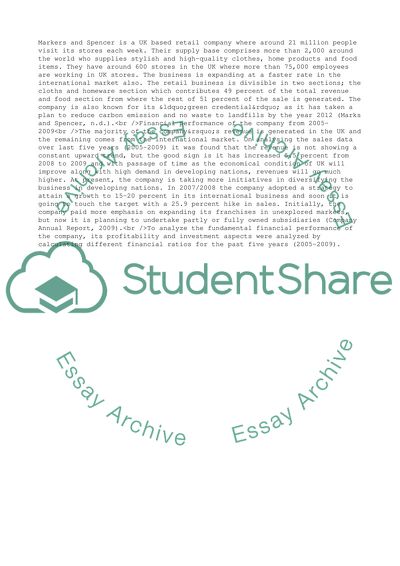Cite this document
(Decision Making for Managers: Marks and Spencer Assignment, n.d.)
Decision Making for Managers: Marks and Spencer Assignment. Retrieved from https://studentshare.org/management/1559717-report-for-potential-investor
Decision Making for Managers: Marks and Spencer Assignment. Retrieved from https://studentshare.org/management/1559717-report-for-potential-investor
(Decision Making for Managers: Marks and Spencer Assignment)
Decision Making for Managers: Marks and Spencer Assignment. https://studentshare.org/management/1559717-report-for-potential-investor.
Decision Making for Managers: Marks and Spencer Assignment. https://studentshare.org/management/1559717-report-for-potential-investor.
“Decision Making for Managers: Marks and Spencer Assignment”, n.d. https://studentshare.org/management/1559717-report-for-potential-investor.


